To treat internal diseases of tropical fish’s it is necessary to make special food. The manufacturers of fish medications for internal diseases make a huge amount of money by recommending that one put the medication in the water but it simply doesn't work.
To further explain this go to this article:
Note that many ask how to get the “proper dose” of medication if the medication is put into the food. The answer is that all the medications that need to be put in the food are very dose insensitive. They are all very pathogen specific and ONLY attack the pathogens. Long term overdosing of these medications will give liver damage but the length of treatment recommended by this website for all these medications will not harm a fish at almost any dosage. So one does not need to worry too much about get the “proper dose”. That being said, typically just a very small amount of medication in a lot of food is quite effective.
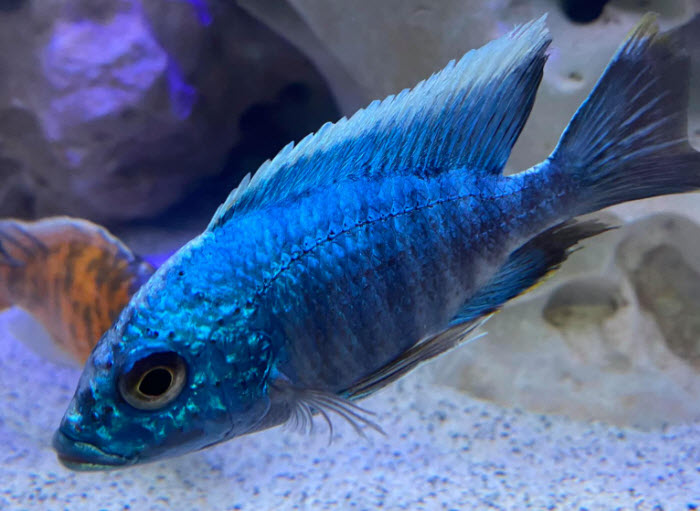
Method #1
Heat 1/4 cup water (two ounces, 58 milliliters, not a lot) in the microwave. Then blend one 1/4 ounce of plain animal derived gelatin (Knox gelatin, one envelope) into the hot water with vigorous stirring. Take two tablespoons of dry commercial fish food (pellets or flake) and mix it with just a little of the hot water/ gelatin mixture. Add hot water/gelatin until you get a very thick thick paste like consistency. If it gets too watery just add more food.
Then add just a “smidgen” (roughly 1/16 teaspoon, a 1% to 2% addition) of medication to the mud. If you are using more than one medication mix the medications together, then use just a “smidgen” of the mixture. If you are using a packet of medication, take just a “smidgen” of the packet contents. Mix and mash the whole mass thoroughly. Spread it out into a 1/8th inch (3 mm) thick pancake on a plastic film or plate. Then put in the refrigerator. If you plan on keeping it for more than two weeks put it in a small plastic bag and freeze.
Note that the Knox gelatin can be replaced with something like Repashy, agar, guar gum or pectin. They all just make decent gels of the food and medication, binding them all together.
Note this food is 80% water. So it will require ten eyeballs per day of food per fish (six fish = six fish eyeballs times ten).
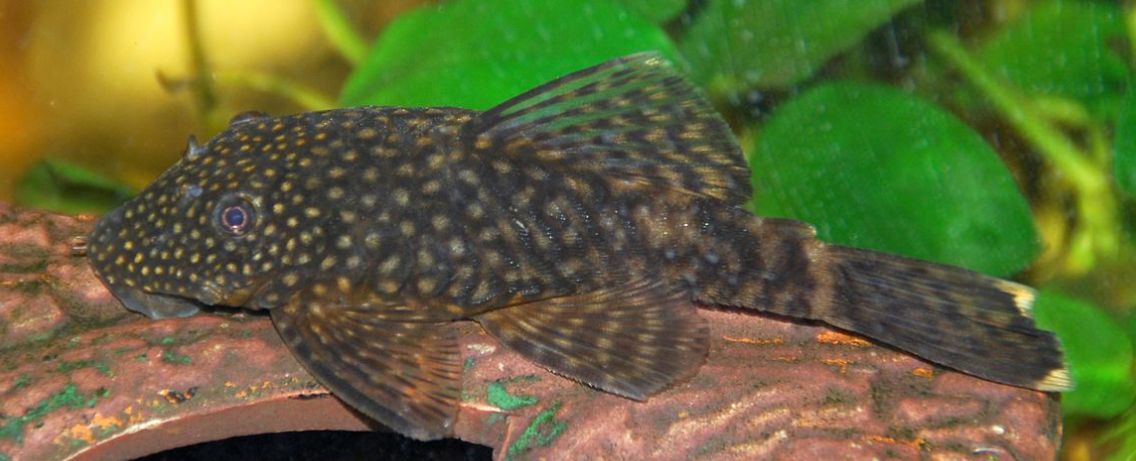
Method #2 (courtesy of Hikari)
Start with 3 ounces (85 g) of unflavored gelatin and 1 ounce (~28 g) of flake, granulated or pelleted feed. Grind the flake, granulated or pelleted feed to a size similar to the dry gelatin. Mix the ground feed and the dry gelatin together in a suitable mixing container (e.g. plastic bowl). Add 1 tablespoon (I would NOT use this much. I would drop this to 1/4 teaspoon) of the dry medication to the dry gelatin and feed mixture. Stir to insure complete mixing of the three dry ingredients added to this point.
Heat 1 pint of tap water to near boiling (DO NOT bring to a boil). Turn off heat source. Add 2 to 3 ounces of the three mixed dry ingredients above while stirring vigorously.
Once the mixed dry ingredients are thoroughly wet, add an additional 2 to 3 ounces of hot water and continue to stir until the mixture starts to cool and stiffen. If the mixture appears to be too dry to easily spread flat on a piece of wax paper, add more hot water. If the mixture appears to be too watery you can add a small amount of the crushed dry food (this is typically not necessary if done properly).
Spread the mixture to an even thickness of on a piece of wax paper and allow it to cool in a refrigerator. Once cooled, cut the gelled mixture into squares and place them in a plastic bag. Immediately place plastic bag in freezer for storage.
I don’t use this method as it makes a LOT of medicated food. And I don’t like to add the medication until AFTER the food has been added and mixed. By doing the first method one minimizes the exposure of the medication to high heat, which can denature some medications.
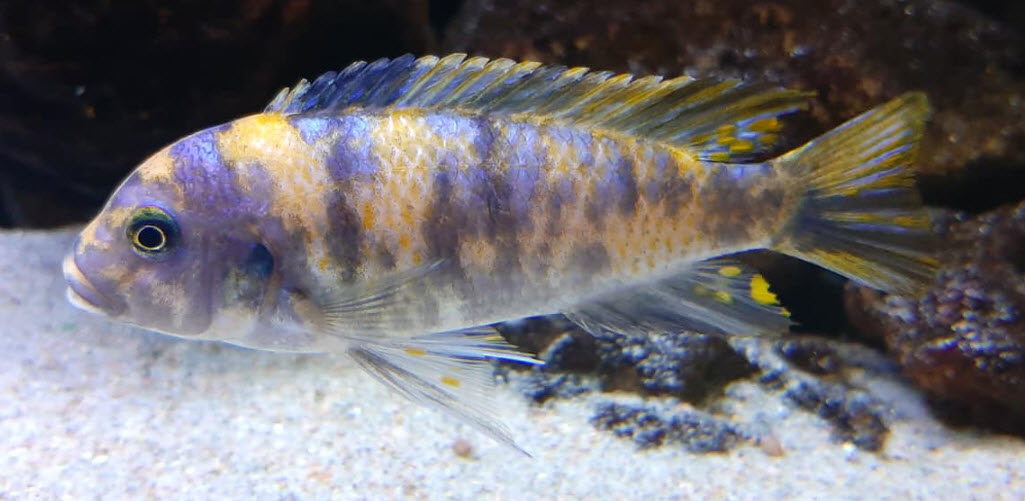
Method #3
Take two tablespoons of dry commercial fish food (pellets or flake) and mix it with the whites (only the whites) of two eggs. Then add just a “smidgen” (roughly 1/16 teaspoon, a 1% to 2% addition) of medication to egg white/food mix. If you are using more than one medication mix the medications together, then use just a “smidgen” of the mixture. If you are using a packet of medication, take just a “smidgen” of the packet contents. Mix and mash the whole mass thoroughly.
Put the mixture on low heat in a frying pan and cook up some scrambled eggs. Mash the resulting solid scrambled eggs as a flat one eight inch thick pancake. Then put in the refrigerator. If you plan on keeping it for more than two weeks put it in a small plastic bag and freeze.
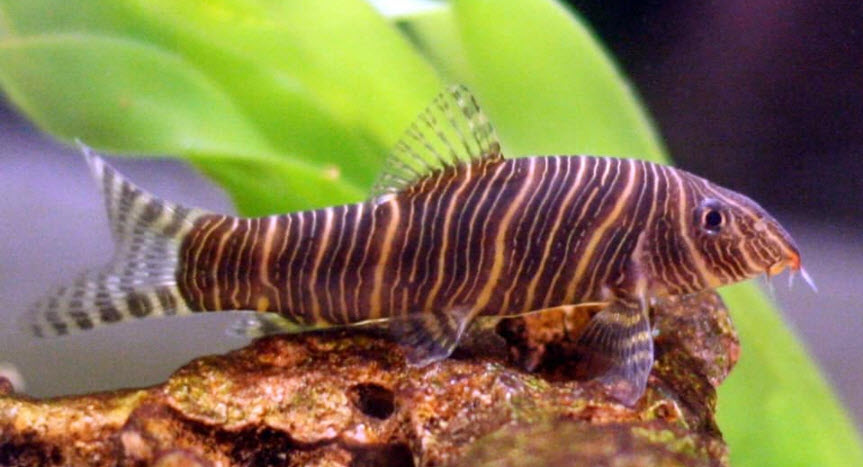
Method #4
Take two tablespoons of dry commercial fish food (pellets or flake) and mix it with just enough water to make it a paste. Then add just a “smidgen” (roughly 1/16 teaspoon, a 1% to 2% addition) of medication to paste. If you are using more than one medication mix the medications together, then use just a “smidgen” of the mixture. If you are using a packet of medication, take just a “smidgen” of the packet contents. Mix and mash the whole mass thoroughly.
Put the mixture on a bake sheet and spread it out into a thin pancake. Bake in the oven on low heat till the “pancake” is dry and firm, like a cracker. Then put in the refrigerator. If you plan on keeping it for more than two weeks put it in a small plastic bag and freeze.
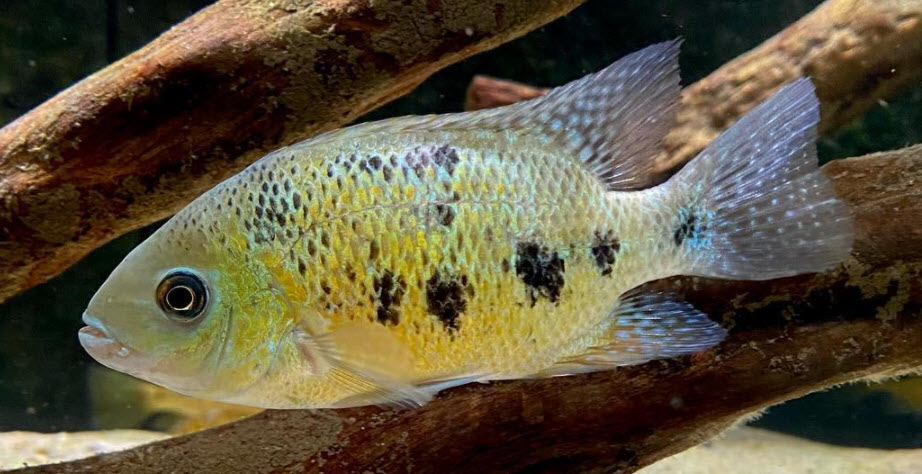
Method #5
Take a teaspoon or so of any “water based” food like fish filets, shrimp, defrosted or live bloodworms, brine shrimp, etc. Then add roughly 1/4 teaspoon (a 20% addition) of medication to the wet food. If you are using more than one medication mix the medications together, then use 1/4 teaspoon of the mixture. If you are using a packet of medication, take just 1/4 teaspoon of the packet contents. Mix the whole mass thoroughly. Let the wet food and medication sit for about ten minutes. Then mix it again. Feed to the fish.
If one has mixture remaining put the remaining mixture on a bake sheet and spread it out into a thin pancake. Put in the refrigerator. If you plan on keeping it for more than two weeks put it in a small plastic bag and freeze. This isn’t a method I recommend. It is easy but the food will absorb a highly variable amount of the medication. So one cannot predict how much medication the fish will get. But it is still a method which is much better than adding the medication to the water.
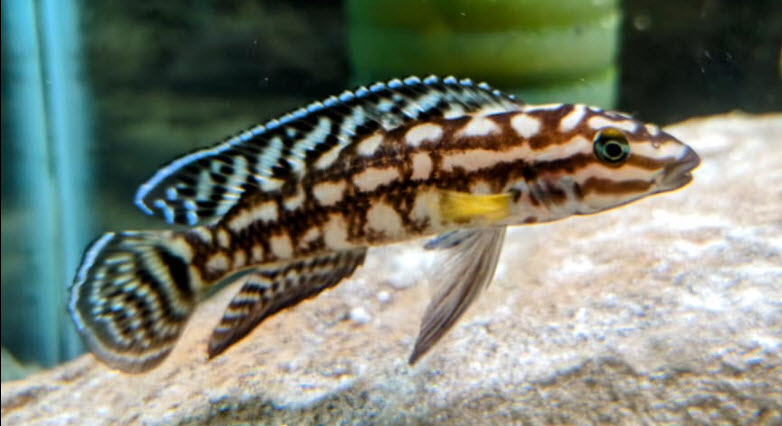
Method #6
Take one teaspoon of dry commercial fish food (pellets or flake) and mix it with just enough water to make it a paste. Then add roughly 1/4 teaspoon (a 20% addition) of medication to paste. If you are using more than one medication mix the medications together, then use roughly 1/4 teaspoon of the mixture. If you are using a packet of medication, take roughly 1/4 teaspoon of the packet contents. Mix and mash the whole mass thoroughly.
Put the mixture on a bake sheet and spread it out into a thin pancake. Air dry. Then put in the refrigerator. If you plan on keeping it for more than two weeks put it in a small plastic bag and freeze.
Note that this method doesn’t work very well. The fillers in the commercial food need to be baked to bind the medication into the food. When this moist mass (air drying simply cannot truly “dry” a wet mass of food) is put in the aquarium it will rapidly disintegrate and dissolve, clouding the water. The fish will get very little of the food and very little of the medication.
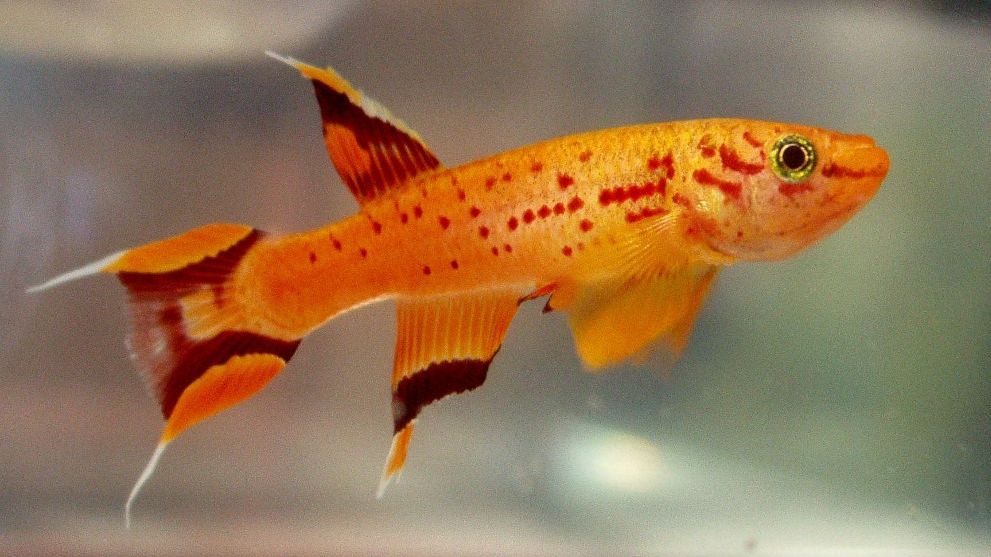
Seachem Focus
Many hobbyists see Seachem Focus™ and think it somehow “binds” the medication to the food. They think this will make the medicated food more effective. To put it simply, this stuff doesn’t work. period,
Focus™ is an antibacterial polymer for internal infections of fish. Focus™ is primarily intended to be mixed with food and/or other medications to make them palatable to fish and greatly reduce the loss of medication to the water through diffusion. For use in freshwater or marine aquaria. Active ingredient: polymer bound nitrofurantoin (0.1%)
Seachem:
Nitrofurantoin is a very soluble “antibiotic-like” compound which is poisonous in overdoses. By “bonding” the nitrofurantoin to a polymer, Seachem is making this very small amount of antibiotic-like product insoluble and more prone stay in the food. 99% of the other medications used for fish are not soluble and simply won’t be affected in any way even if there was an excess of the polymer in Focus. The tiny amount of nitrofurantoin in this product will not kill either bacteria or fish. So Seachem Focus™ is a waste of money.
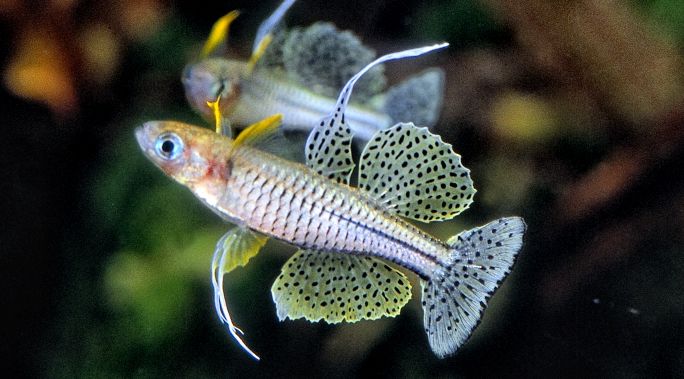
How do Medications Affect Filters?
Antibiotics mixed into the food won’t affect the beneficial bacteria in the filter as the amounts that will end up in the water are insignificant. Note that it is generally quite safe to keep the filter running with any medication, even large amounts added to the water IF AND ONY IF the filter is properly maintained with a large amount of brown “gunk” in it. The number of beneficial bacteria in a such filter is huge. The medications are absorbed by the organism when the medications kill a bacterium. So, the large mass of bacteria in a “brown gunk” filter will absorb huge amounts of medication.
A newly set-up filter or a filter which has recently been well cleaned is another story. Antibiotics and some other medications such as formalin or copper can affect such a filter.
It is dangerous to turn off the filter to a heavily stocked tank, largely because the surface movement of the water created by the filter is typically responsible for much of the aeration in an aquarium. If you have to turn off the filter in a heavily stocked tank be sure and add a lot of aeration with a wavemaker or air stones.
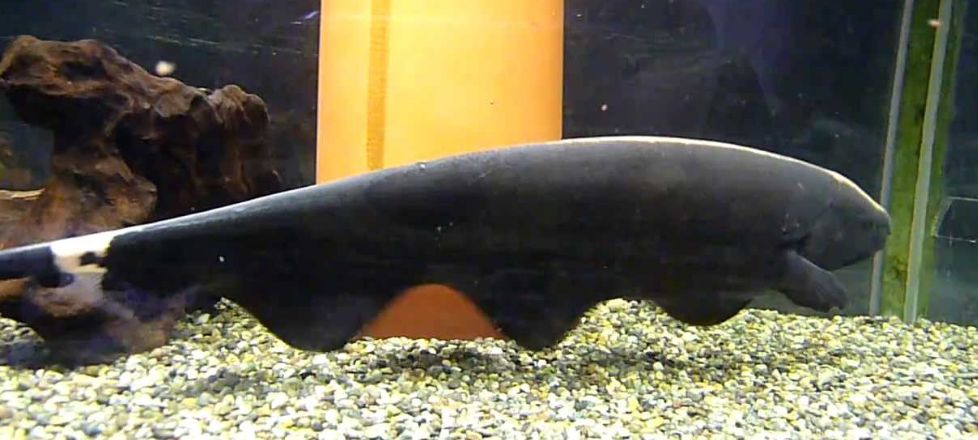
Never Put the Medication for Internal Diseases in the Water
The concept of putting the medication in the food and not the water always raises howls of protest when presented. Internal fish diseases can ONLY be treated with medications in the food. Many believe (and the instructions on most medications say!) that fish medications need to be added to the water. They are simply incorrect. This controversial topic is covered in the following link:


